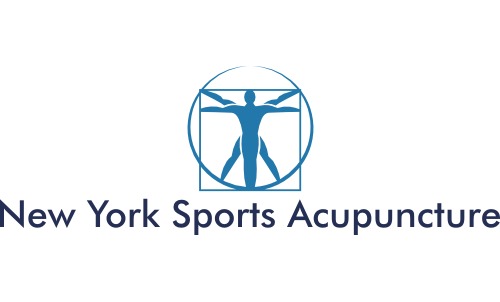Going Green on
the Inside
 Wind generators, solar
power, geothermal heat, natural cleaning products, organic clothing. There are seemingly endless means by which to
shrink your carbon footprint and lessen your impact on the environment.
Wind generators, solar
power, geothermal heat, natural cleaning products, organic clothing. There are seemingly endless means by which to
shrink your carbon footprint and lessen your impact on the environment.
But while our planet
manages to garner heavy doses of TLC, there continues to exist a large dumping
ground for dangerous toxins, chemicals, and man-made impurities.
Our bodies are under the
influence of more and more artificial products, and their cumulative effect
over the past few decades is beginning to show.
Despite significant
advances in the healthcare delivery system, obesity rates are skyrocketing,
autoimmune diseases are on the rise, and there are more medicinal and surgical
procedures being administered than ever before.
Antibiotics continue to be
abused, and prescription medications of all sorts are showing up in water
supplies across the nation.
While emergency medical
care is absolutely essential, continually dispensing medicine for conditions
better treated naturally or more conservatively is misguided, and in many cases
downright dangerous.
One of the greatest things
about acupuncture is that it facilitates healing while preserving the sanctity
of the human body and mind. It’s the ultimate green healthcare!
If a body is already
ailing, what sense does it make to subject it to an onslaught of dangerous
chemicals? It is far more productive to
nurture the body by bringing it back into balance naturally and allowing it to
rid itself of disease.
But aside from the health
advantages of limiting your consumption of drugs, it is simply more efficient
to tap into the renewable resources within the body than it is to try to power
it from the outside. The body is healed
and powered by the meridian system, proper diet and exercise.
As we continue to uncover
the long-term effects of medicine and other chemical products, the
responsibility falls on us as consumers to be sure that we are making the best
decisions for us and for our planet, and it is imperative that our choices
regarding healthcare be included in the mix.
Will we continue to make choices that poison our
body and the world around us, or will we trust in cleaner, healthier
alternatives that support the body’s natural balance?
Bishara Wilson, L.Ac., MSTOM, C.SMA
New York Sports Acupuncture
(888) 375-5444





